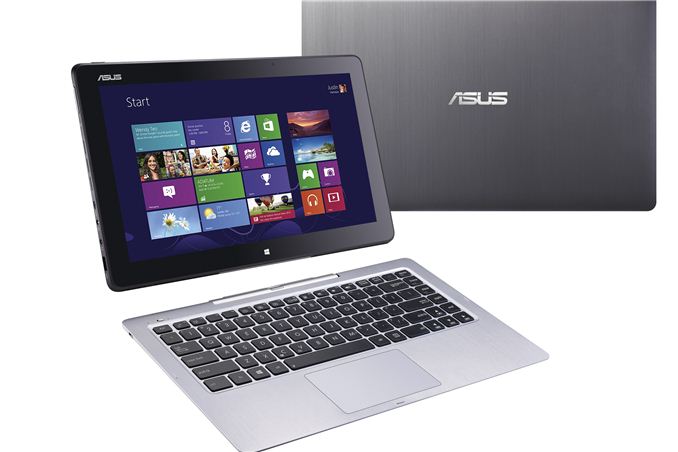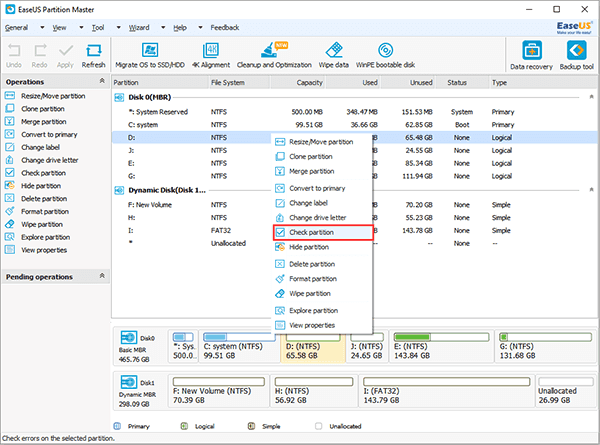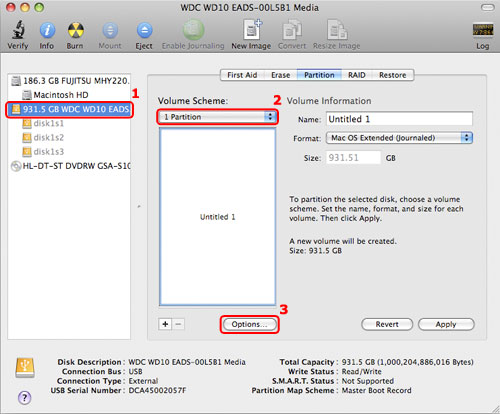Cannot Partition Usb Drive Mac
This blog summarizes the 10 worst Mac hard drive and SSD data loss problems with recovery solutions. The mentioned storage drive cases in this blog address to USB, Flash storage drive, external hard drive as well. In case your data is lost, or the hard disk drive itself is unrecognized then read more to recover your Mac hard drive with either Time Machine backup or by using a without delay.While iMacs and MacBook are the most preferred computers, that they’re immune to hard drive issues cannot be said. There are a number of problems that can affect Mac hard drives/SSDs and recovery from them can often be very difficult. We’ve compiled a list of the 10 worst Mac hard drive problems and their solutions.
Mar 16, 2019 - The process of partitioning a drive with Disk Utility changed with OS X El Capitan. Mac laptop on desk with hard drive plugged in and graphs on paper next to it. Hard drives, and USB flash drives; just about any storage device that. If you create an additional volume by accident, you can remove it. BTW, if I plug the drive I formatted on my MacBook back into my Windows 7 64-bit system I still run into road blocks with the Disk Management tool. For example, I cannot delete all the GPT partitions on the ADATA so I can convert it into an MBR drive. I followed Microsoft's instructions, the instructions just do not work with this ADATA flash. In previous versions of MacOS, I recall that Disk Utility provided an option to select the partition scheme (GUID, MBR, or Apple). If I formatted the USB key without changing the scheme to MBR, I could not read it on a Windows machine. But now there is no option in High Sierra. How do I format the USB.
Keep these handy in situations of crisis. The 10 worst Mac hard drive problems with solution follow: 1. Mac hard drive not mounting/unrecognizedProblem: When you connect an external hard drive to Mac, it mounts and shows on the desktop. It also appears in Finder. However, sometimes, the disk can fail to mount when you connect it. In such a case it won’t even appear in Finder.Solution: Some common fixes you can try are:. Set your Mac to show all mounted drives on the desktop.
Mac Os Cannot Partition Usb Drive
Go to Finder - Preferences - General - Tick External Drives. Unplug and re-plug the drive. Try to connect it with a different cable.
 Choose Just remove my files or Fully clean the drive and then click Reset. (If your computer has more than one drive, you will be asked to select one option to clean your drive.)Step 5: You are asked if you want to fully clean your drive. And then Reset your PC screen displays again. Then click Next.Step 4: Windows 8 restarts and your computer logon displays.
Choose Just remove my files or Fully clean the drive and then click Reset. (If your computer has more than one drive, you will be asked to select one option to clean your drive.)Step 5: You are asked if you want to fully clean your drive. And then Reset your PC screen displays again. Then click Next.Step 4: Windows 8 restarts and your computer logon displays.

Use a different USB port to connect it. Try connecting it to another MacIf none of these work, there might be something wrong with your hard drive.

Try to backup your hard drive in question via Disk Utility or a third-party cloning utility so that later, you can erase and reformat the drive with a new file system. However, if there is no backup of your data and you are unable to clone the troubled hard drive then rely on a to recover any data you are unable to access or backup from the drive. Slow Mac hard driveProblem: Age and continuous usage can slow a Mac down.
How to Check a Drive’s File SystemRELATED:So how do you know if your USB drive is? You don’t need to do anything special with Disk Utility–just plug in your USB drive and open the Finder. Right-click or Control-click the drive’s icon in the Finder’s sidebar (or on your desktop) and select “Get Info.”You’ll see the drive’s file system displayed to the right of “Format” under the General heading. In the screenshot below, the drive is formatted with the exFAT file system.How to Format a Drive on a MacIf you want to use a different file system on your USB drive, you’ll need to “format” it. Again, formatting a drive will erase it completely, so make sure you have everything backed up that you want to keep.To format a drive on a Mac, you’ll need the built-in Disk Utility application. Press Command+Space to open the Spotlight search dialog, type “Disk Utility”, and press “Enter” to launch the app.You can also open a Finder window, select “Applications” in the sidebar, and head to Utilities Disk Utility.Your connected drives will appear under “External” in the Disk Utility’s sidebar. Select the drive by clicking its name. Click the “Erase” button after selecting the entire drive to erase the entire drive and create a single partition on it.You’ll be asked to provide a name for the disk, which will appear and identify the disk when you connect it to a Mac, PC, or another device.You’ll need to choose between several file systems:RELATED:.
OS X Extended (Journaled): This is the default, but it’s only natively supported on Macs. It’s also known as HFS+. This file system is necessary if you plan on using the drive for Time Machine backups–otherwise, you’ll want to use exFAT for maximum compatibility. OS X Extended (Case-sensitive, Journaled): On a case-sensitive file system, “file” is different from “File”. By default, Mac OS X doesn’t use a case-sensitive file system.

This option exists because it matches the traditional behavior of UNIX and some people might need it–don’t select this unless you know you need it for some reason. OS X Extended (Journaled, Encrypted): This is the same as the standard OS X Extended file system, but with encryption. You’ll have to enter a password, and you’ll need to provide that password whenever you connect your drive to your Mac. OS X Extended (Case-sensitive, Journaled, Encrypted): This is the same as the standard OS X Extended (Case-senstiive) file system, but with encryption. MS-DOS (FAT): This is the most widely compatible file system, but it has some limitations–for example, files can only be 4GB or less in size each. Avoid this file system unless you have a device that requires FAT32. ExFAT:, but doesn’t have the limitations.
You should use this file system if you may share the drive with Windows PCs and other devices like the PlayStation 4 and Xbox One consoles. ExFAT is the ideal cross-platform file system. It’s not natively supported on many Linux distributions, but you can.For external drives, it almost always makes sense to format in ExFAT, unless you’re using the drive for Time Machine.RELATED:You’ll also be asked to choose between a partition scheme: GUID Partition Map, Master Boot Record, or Apple Partition Map. Both also work with Windows PCs. APM is an older, Mac-only partition scheme.This choice doesn’t really matter if you don’t plan on booting from the drive. If in doubt, just select the default GUID Partition Map (GPT) scheme.
Avoid the Mac-only Apple Partition Map (APM) scheme.Click the “Erase” button when you’re done and Disk Utility will format your disk with the settings you specified. This will erase all the files on the drive!You’re now done–be sure to eject the disk before you remove it from your Mac. You can do this by clicking the eject icon to the right of the disk in the Finder or Disk Utility windows.You can also right-click or Option-click the drive in Finder or on your desktop and select the “Eject” option.Macs do have some limited support for other file systems–for example, Macs can read files on Windows-formatted NTFS volumes, but.
Macs don’t have an integrated way to format partitions with NTFS, either. Use exFAT for excellent compatibility with Windows without FAT32’s limitations.